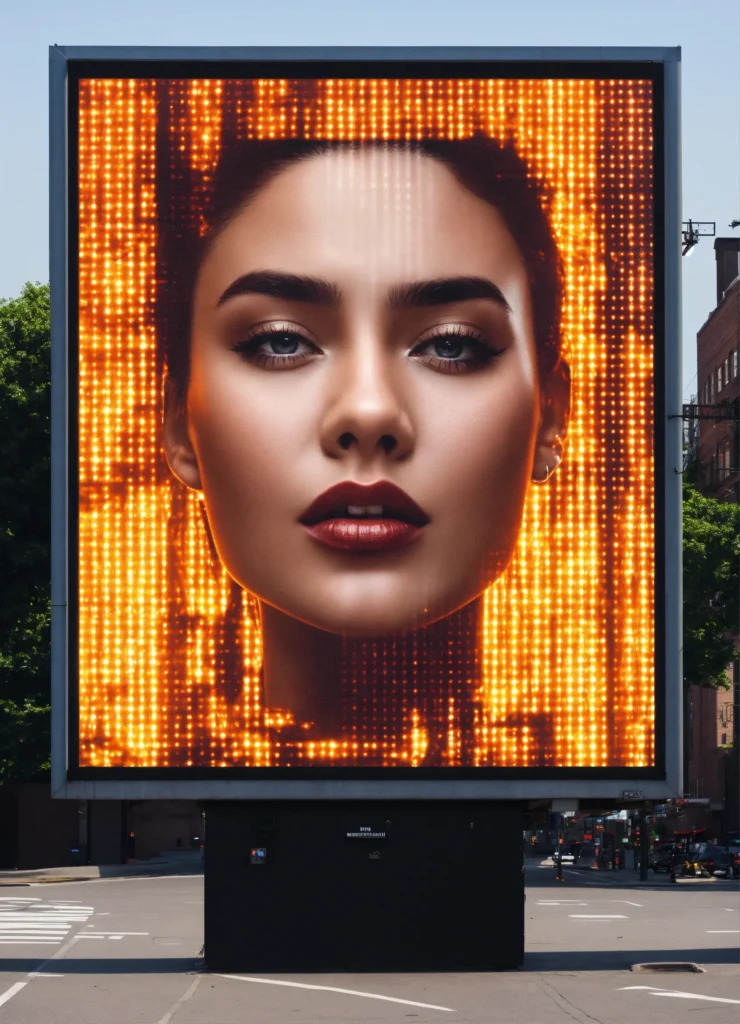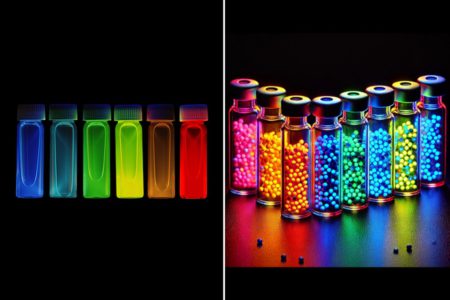Introduction

When I first heard about Fooh Advertising, I was intrigued. As someone who constantly explores cutting-edge marketing trends, I knew that this was something revolutionary. Fooh Advertising (Futuristic Out-of-Home Advertising) isn’t just about traditional billboards or posters—it’s a digital evolution of the outdoor advertising industry, integrating AI, holograms, IoT, and data-driven engagement strategies.
Through this guide, I’ll take you through what I’ve learned about Fooh Advertising, its impact, how to leverage it for your brand, and why it is the next big thing in marketing.
What is Fooh Advertising?
Fooh Advertising is an advanced form of Out-of-Home (OOH) Advertising that uses emerging technologies to create interactive, hyper-personalized, and AI-driven outdoor advertising experiences. Unlike traditional billboards or transit ads, Fooh Advertising incorporates:
- AI-driven digital billboards that change based on real-time audience demographics
- Holographic displays to create immersive experiences
- Augmented Reality (AR) and Virtual Reality (VR) activations
- IoT-integrated smart billboards that communicate with nearby mobile devices
- Real-time analytics to measure ad performance
This means that Fooh Advertising isn’t just about showing an ad—it’s about engaging, interacting, and responding to consumers in real-time.
The Evolution of OOH to Fooh Advertising
I’ve followed the transition from static billboards to digital displays to AI-powered advertising solutions. Let’s break down the evolution:
- Traditional OOH (Pre-2000s) – Billboards, posters, and transit ads were the primary options.
- Digital OOH (2000s-2010s) – LED displays and programmatic advertising brought more flexibility.
- Smart OOH (2010s-2020s) – AI, geotargeting, and interactive screens started appearing.
- Fooh Advertising (2020s & Beyond) – AI-driven, real-time, and immersive advertising using next-gen tech.
We’re now in the Fooh Advertising era, where brands can harness futuristic technology to make their advertisements more engaging, data-driven, and consumer-focused.
Key Components of Fooh Advertising
1. AI-Driven Digital Billboards
I first saw these in action in Tokyo and New York City, where billboards adapted to the demographics of people walking by. AI identifies age, gender, and mood and displays relevant ads—how futuristic is that?
2. Holographic Displays
Brands are using holograms in shopping malls, airports, and event spaces. Imagine a 3D version of your product floating mid-air, grabbing everyone’s attention!
3. Augmented Reality (AR) & Virtual Reality (VR)
I experienced this firsthand at an event where an AR-powered billboard let me scan a QR code and interact with a virtual product model. This made me engage with the brand far beyond just looking at an ad.
4. Smart IoT-Connected Billboards
These billboards sync with users’ mobile devices, enabling seamless interactions. A brand can send exclusive deals, digital coupons, or even an interactive brand story directly to a passerby’s phone.
5. Real-time Analytics & Personalization
Fooh Advertising isn’t just about displaying ads—it’s about gathering real-time insights. By using sensors and AI analytics, brands can measure engagement levels, time spent viewing, and conversion rates.
How to Implement Fooh Advertising for Your Brand?
Step 1: Identify Your Target Locations
Look for high-footfall areas like malls, stadiums, metro stations, or event venues where Fooh Advertising can have maximum impact.
Step 2: Choose the Right Fooh Technology
Depending on your brand’s goals, select from AI-driven billboards, holograms, AR/VR activations, or IoT-integrated screens.
Step 3: Personalize Your Messaging
Leverage AI to make your ads dynamic and responsive based on audience behavior.
Step 4: Integrate a Call-to-Action (CTA)
Ensure that users can interact with your ad via QR codes, social media integrations, or mobile interactions.
Step 5: Measure & Optimize
Use real-time data analytics to refine your campaign and improve ROI.
Future Trends in Fooh Advertising
AI-Powered Sentiment Analysis
Billboards will soon recognize human emotions and change ad creatives accordingly.
Metaverse Integration
Expect a blend of Fooh Advertising with the Metaverse, allowing brands to create mixed-reality experiences.
5G-Enabled Smart Ads
With the rise of 5G technology, Fooh Advertising will become more interactive and faster than ever.
Final Thoughts: Why I’m Excited About Fooh Advertising
As a digital marketing enthusiast, I believe Fooh Advertising is the perfect fusion of technology and creativity. It brings advertisements to life, makes campaigns more measurable, and enhances engagement in a way that traditional ads never could.
If you’re a brand, startup, or marketer, this is your chance to explore Fooh Advertising and stay ahead of the competition. The future of outdoor advertising is here, and it’s dynamic, AI-driven, and immersive.
What do you think about Fooh Advertising? Would you try it for your next campaign? Let’s discuss!
Source: Read MoreÂ




